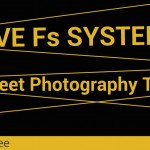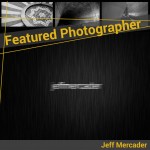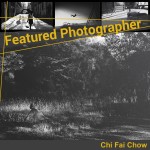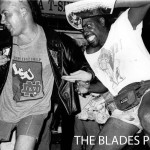Interview with John Free | Los Angeles, USA
Hello John Free! We are honored to be able to interview you for our Featured Photographer format on www.streetviewphotography.net !
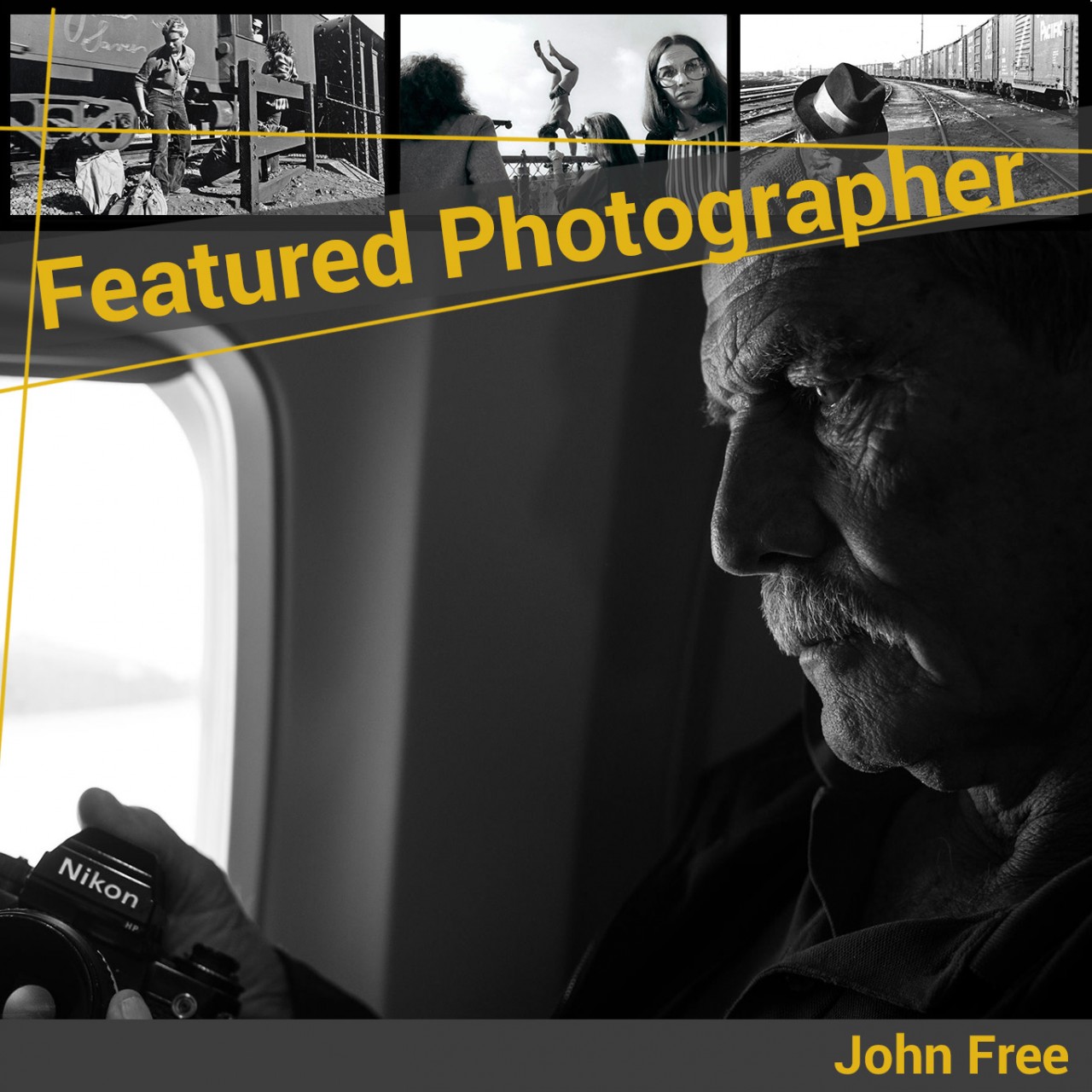
Please tell us a little bit about yourself to begin with.
I am almost 72. I was born in the famous town of Sleepy Hollow New York, where the famous cemetery is located. I grew up (I never grew up completely) in a small town in Connecticut, called Old Saybrook. I now live in the Los Angeles area. For many years I was in the automobile restoration business and repaired the bodies of classic cars. I also did the painting. I have also worked in the character voice over business and have produced cartoon voices for the Disney Company. One of my hobbies is restoring and sailing antique wooden sailboats.
For the past 44 years, I have worked as a social documentary photographer. I was fortunate enough to be able to pick only the assignments that I felt comfortable with. I did not have the pressure of having to take each assignment offered me, because of my other profession restoring cars. As a pro, I have learned so much about what is required to make a good photo.
My real and main love is street photography, done in the manner of the photographers whose work, ethics and intent mean so much to me. Henri Cartier-Bresson, Robert Frank and W, Eugene Smith have been my favorite photographers ever since I started. No posing or arranging and no caption.
I have found great excitement and a special pleasure at being able to snatch powerful images from a second in real life that I notice and am able to catch that send out a visual poem to the people of the world. I want to reach out with a message of hope and insight as to what it is to be a human being and also to provide a more compassionate understanding of all men and women. My goal is to explain man to man and each man to himself with my photographs.
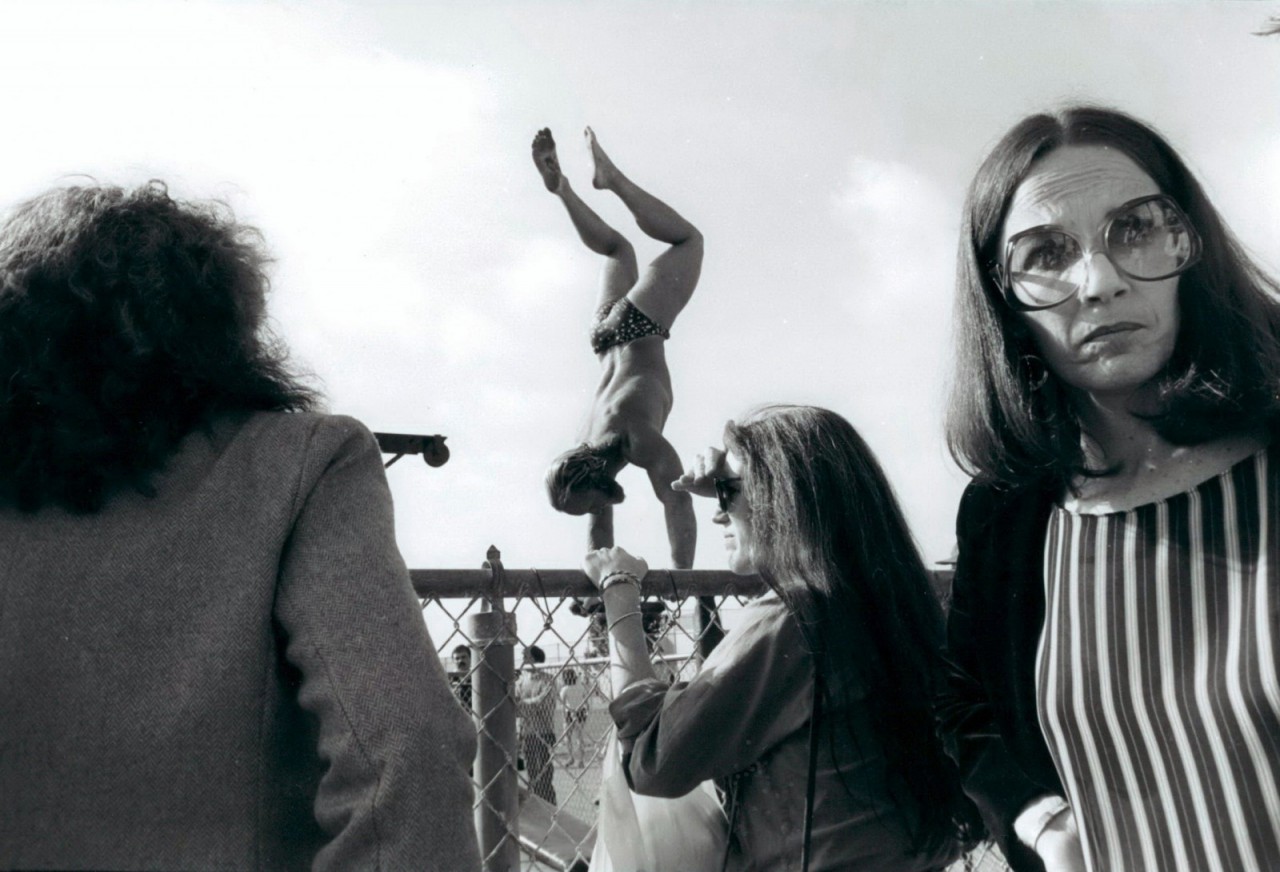
Seeing your remarkable work, I am curious where your creativity comes from?
I have no idea where it comes from, but I do not like using the word creative very much. I think it is more of a craft thing with me, as it was restoring cars. Figuring out what needs to be done and then using a tool to help you achieve a certain task. I do not think one can control the creative side of oneself. I feel that whatever creative force is inside one, it will emerge only when the photographer or craftsman has become so proficient with his or her tools, that making a photograph becomes a reflex action, which allows the photographers own unique personal vision to become visible in the photograph.
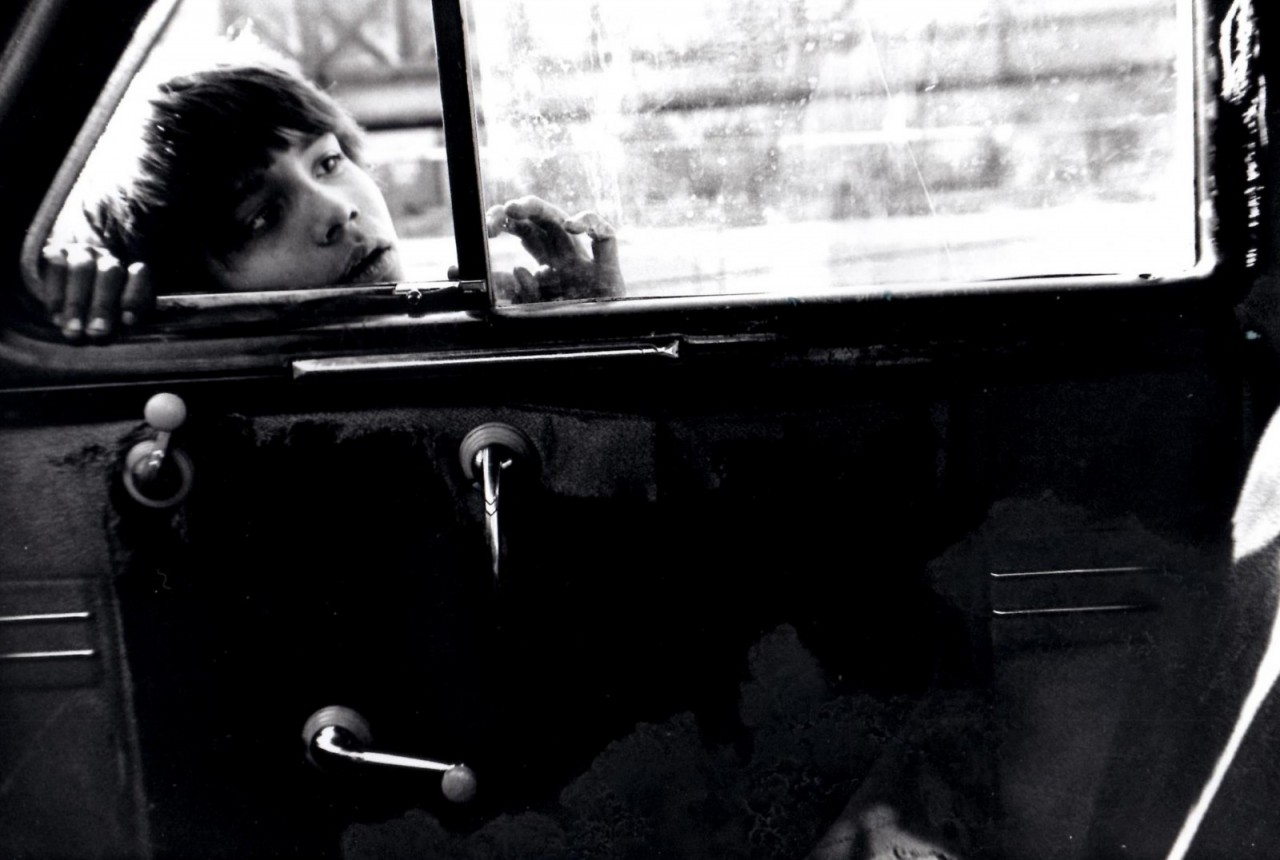
On your website it says that you are a social documentary and street photography. Can you point out the difference but maybe also tell us more about the combination of these two genres as a photographer’s choice?
I think that the three most important and also difficult forms or types of photography, is social documentary, photojournalism and fine art street photography, which was called straight photography when I started. I think that the difference between them is rather simple to understand. In photojournalism, six photographs with captions might be required. Social documentary photography requires 25-50 photos, which are each supported by a caption or short story. In street photography, it all must be done with one photograph and with no caption to help explain what cannot be seen. No caption and no posing, make street photography the most difficult form of photography that I have ever been involved with. My professional work in social documentary photography was very helpful in teaching myself how to get closer to the subject. Closer in many ways, not just where I stand, but how I can convey my feelings about a subject in my photograph of that subject. To bring as much life and understanding into the image, in order for the viewer to better understand the image.
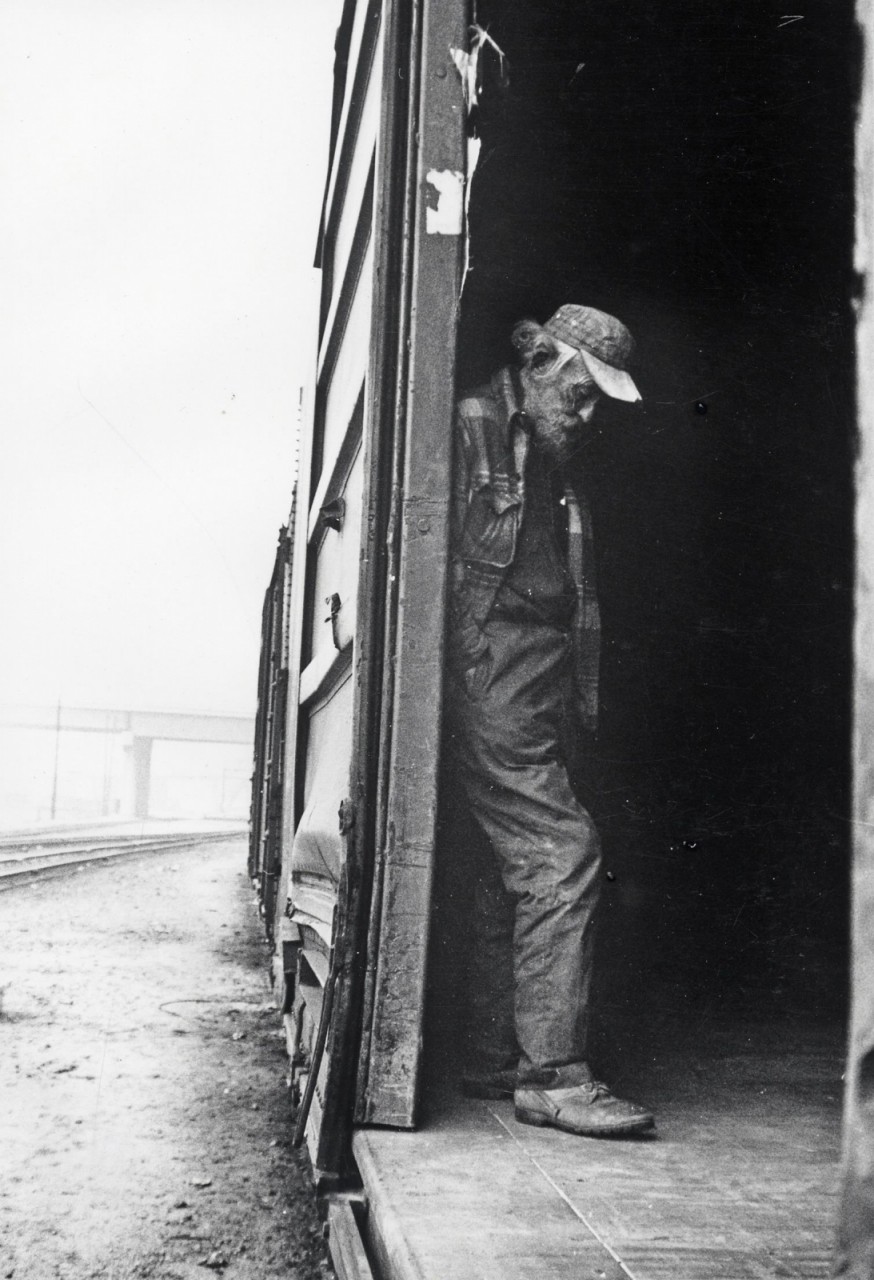
Could you share with us how you first became interested in street photography?
I started playing around with photography when I was serving in the Marine Corps in the early sixties, but it was in 1969 while traveling in Europe with my wife that photography would come back into my life and change it forever. I soon noticed the work of my favorite photographers and knew then what direction I must take and what the ultimate product would be. The product that I seek is always the same. A photograph that has the power to emotionally affect or in some way move the viewer for having seen it.
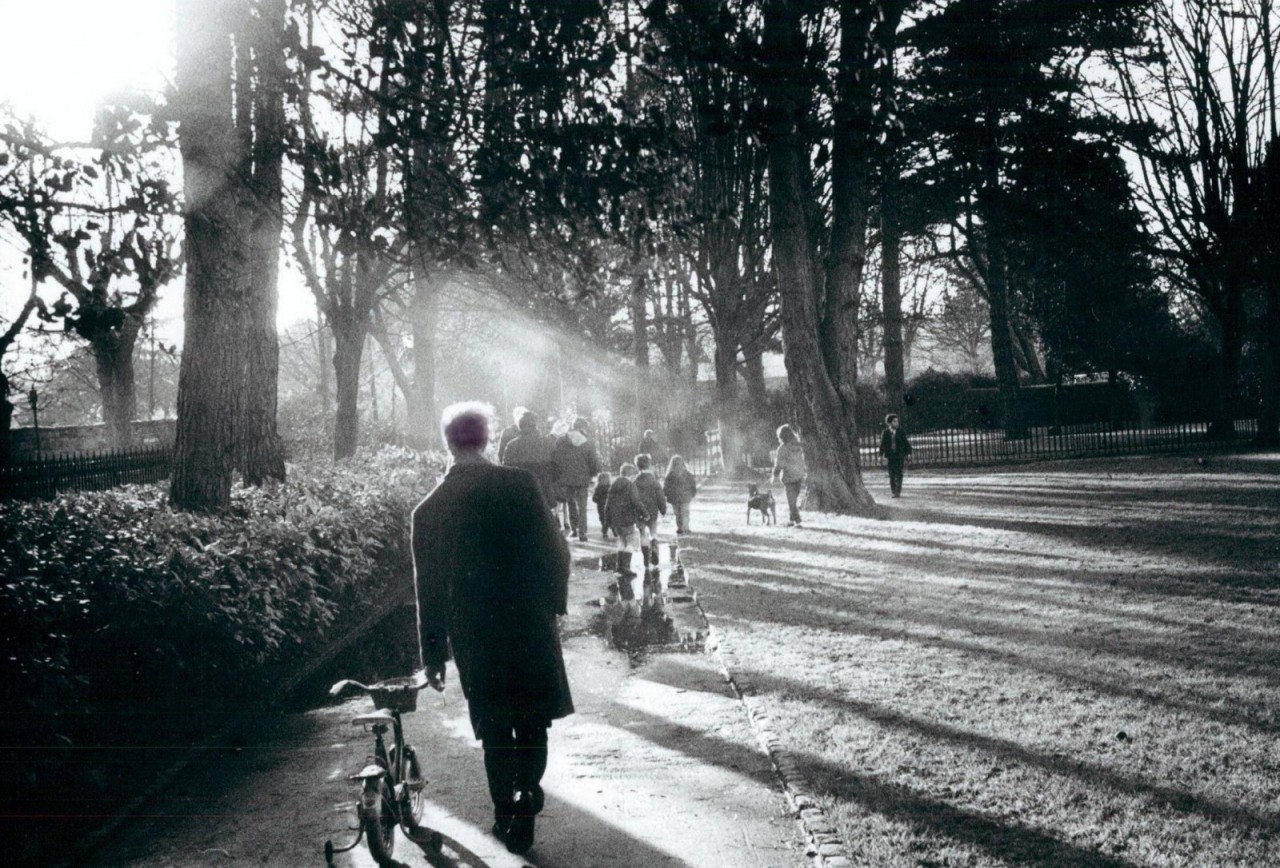
How has your style changed since you first started?
Style is not my favorite word in describing how I work. Someone once said that style is just a repeated mistake. Style is when the photographer tries to put some of him or herself into the image, so that people will recognize the photographer who made it, because of their style. Technique is a word that I am more comfortable with. My technique has never really changed in any way. I am still using a 35mm film camera (Nikon F-3 with a 55mm F-2.8 micro lens. I still spend many hours every day in my darkroom. I use 400 speed black and white film and I develop and prints all my own photographs.
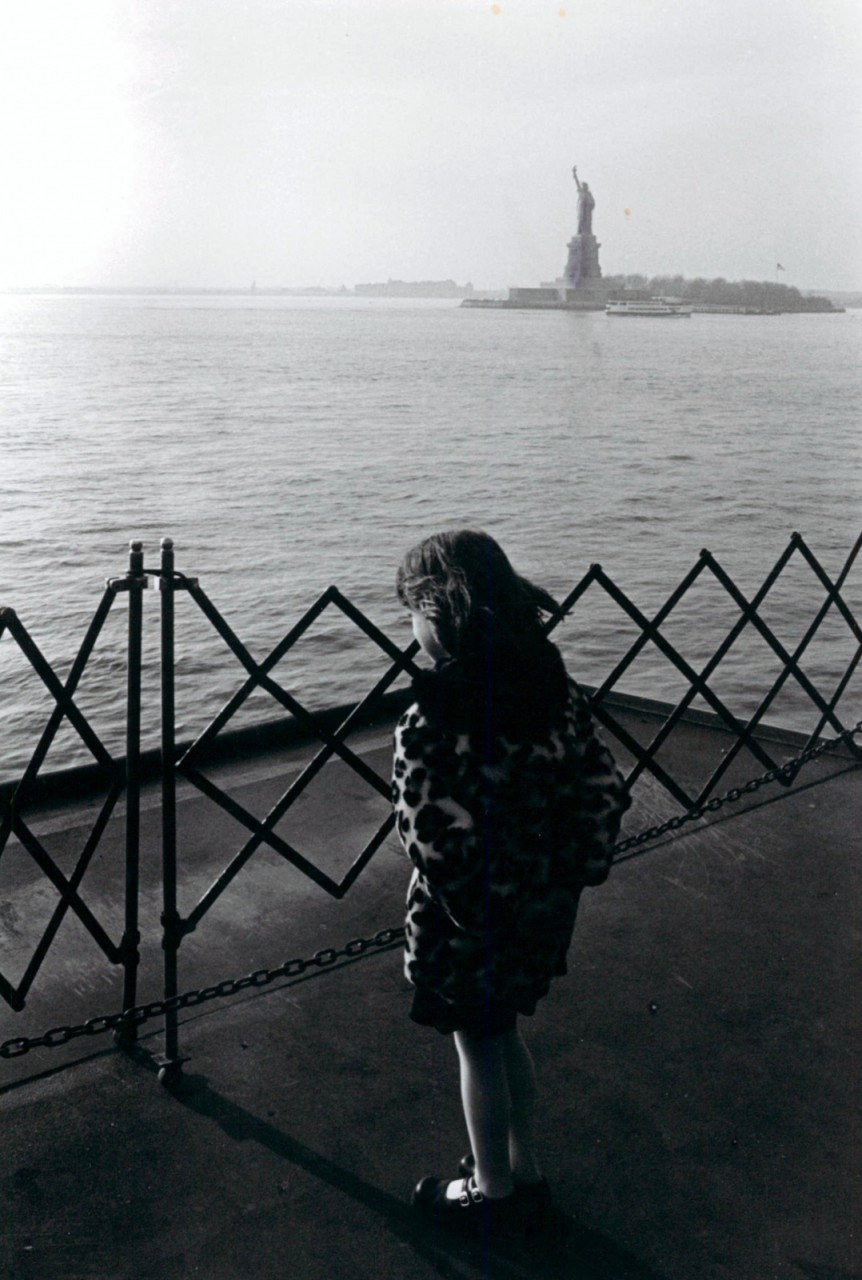
What equipment are you using now and with what did you get started?
My choice of the Nikon F-3, is based on the fact that this camera was long considered to be the best pro camera that one could buy. The view finder shows 100% of the subject, which is very important to me, because I do not crop my images. Most cameras do not have view finders that show 100%. The Nikkor lenses are some of the sharpest lenses ever made. I buy my equipment used and pay as little as $100.00 for an F-3 in good condition with a lens. These are very precise and durable cameras.
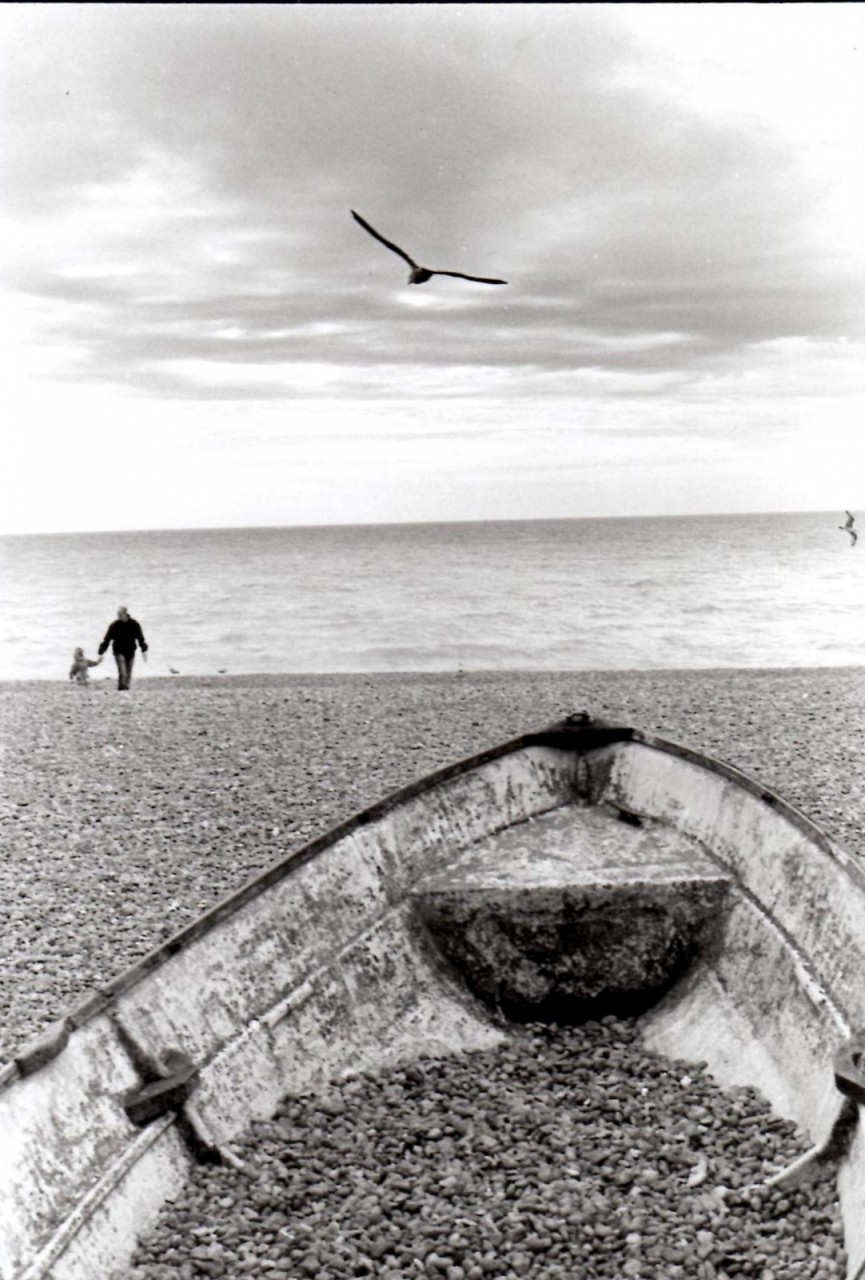
Can you tell us about your work flow from the point you first step onto the street until you showcase the developed picture?
Study, study, study. Practice, practice, practice. I have noticed that most photographers do not work very hard or even study. I practice every day with the manual controls of the camera and the mental controls that are in my brain. Only when a photographer can push the button exactly when the brain commands can his or her unique personal vision can come to the surface. When I find a situation or thing or subject, I try to quickly perceive what the subject can provide me with if I can notice and understand the value of the details, elements and factors that are always present in a subject. The proper inclusion or omission of certain details or facts can help provide additional strength to the center of interest.

Do you see a particular influence, be it a photographer or school on your work? Any subject that attracts you?
As I mentioned earlier, I am inspired by the work of Cartier-Bresson, Eugene Smith and Robert Frank. I am influenced by the belief that there are visual masterpieces all around us waiting to be noticed and photographed effectively. I am motivated by the emotional impact and effect that great photographs have on me. That stimulation is what drives me in my search for complete visual awareness.
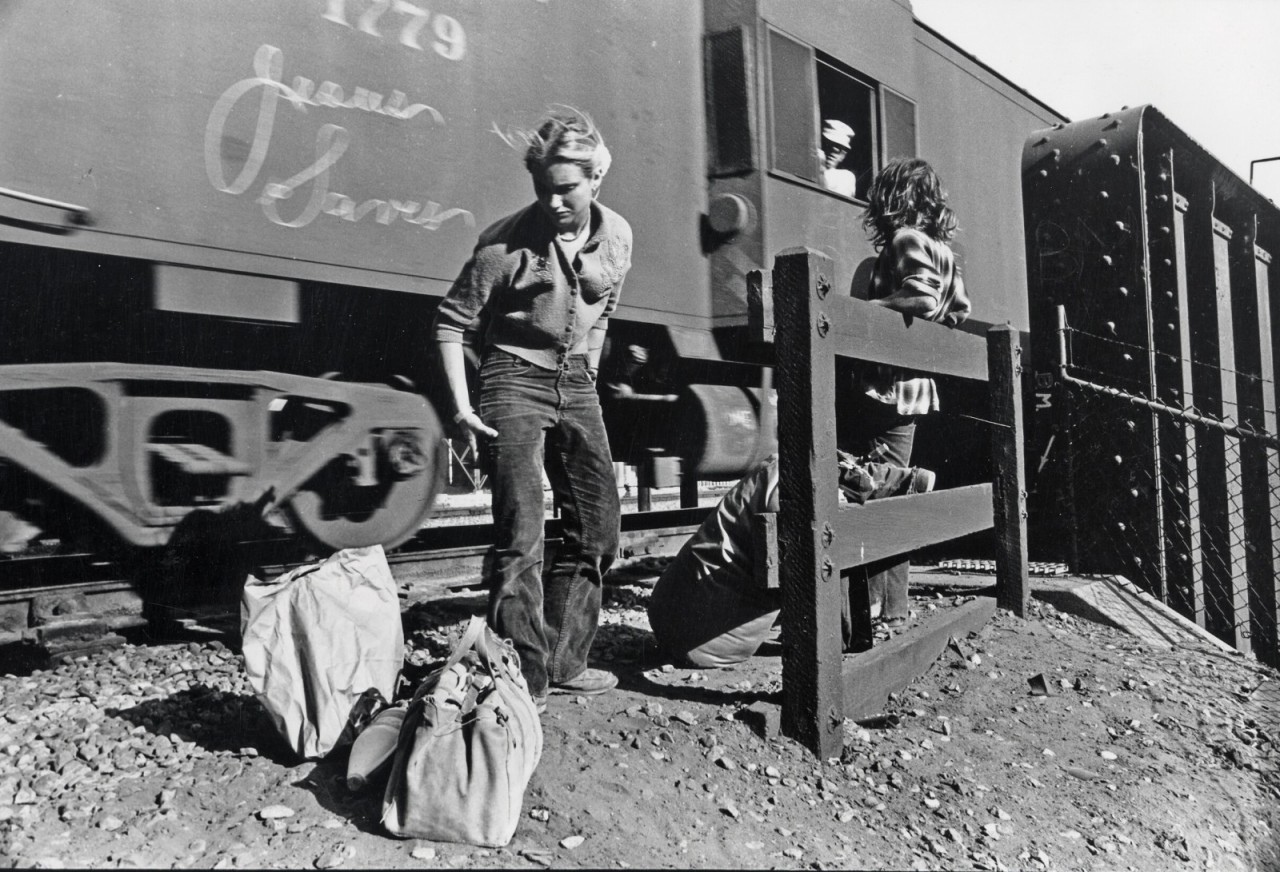
You have done a lot of photography Workshops, how is your experience with that and what do you think is the most important thing people learn in your workshops?
I enjoy the workshops and being able to share this profound love that I have for this work. I think that the photographers who come to my workshops learn most is that information and help from other photographers can be beneficial to the serious photography student. The workshops enable photographers to watch me photograph and by doing so, learn techniques that will help them photograph up close to the subject, without being noticed. Survival is an important part of the workshop and helps photographers avoid trouble while photographing sensitive subjects. Sharing information can be very beneficial. We are all students always.
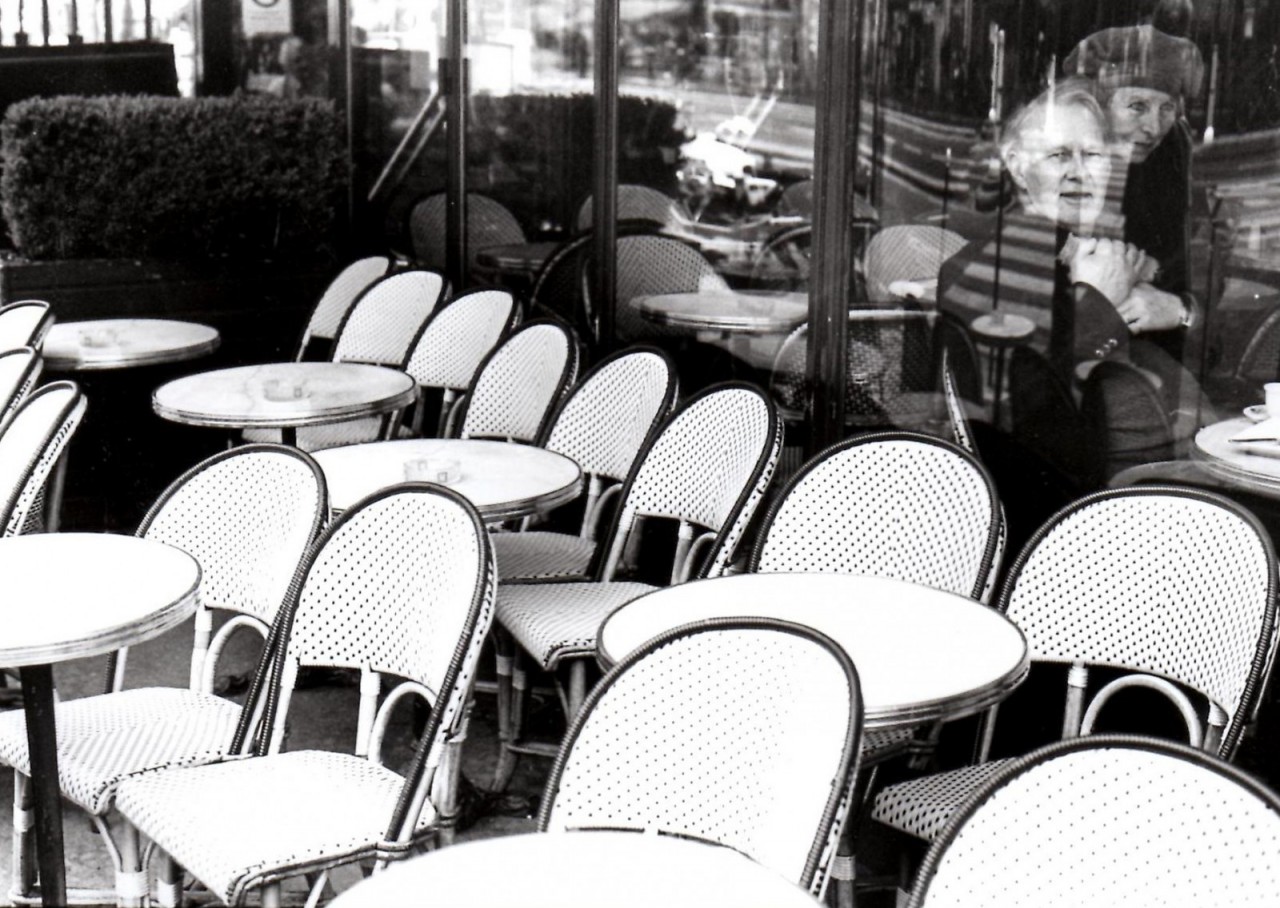
What would you say characterizes your work in comparison to other street photographers?
I always try to combine at least three visual elements or factors in a photograph, which helps to tell a little story of life. This is a constant attempt to provide three things in the photo which interact with each other and by doing so, help to provide enough information to the viewer for the viewer to understand the intent of the photographer.
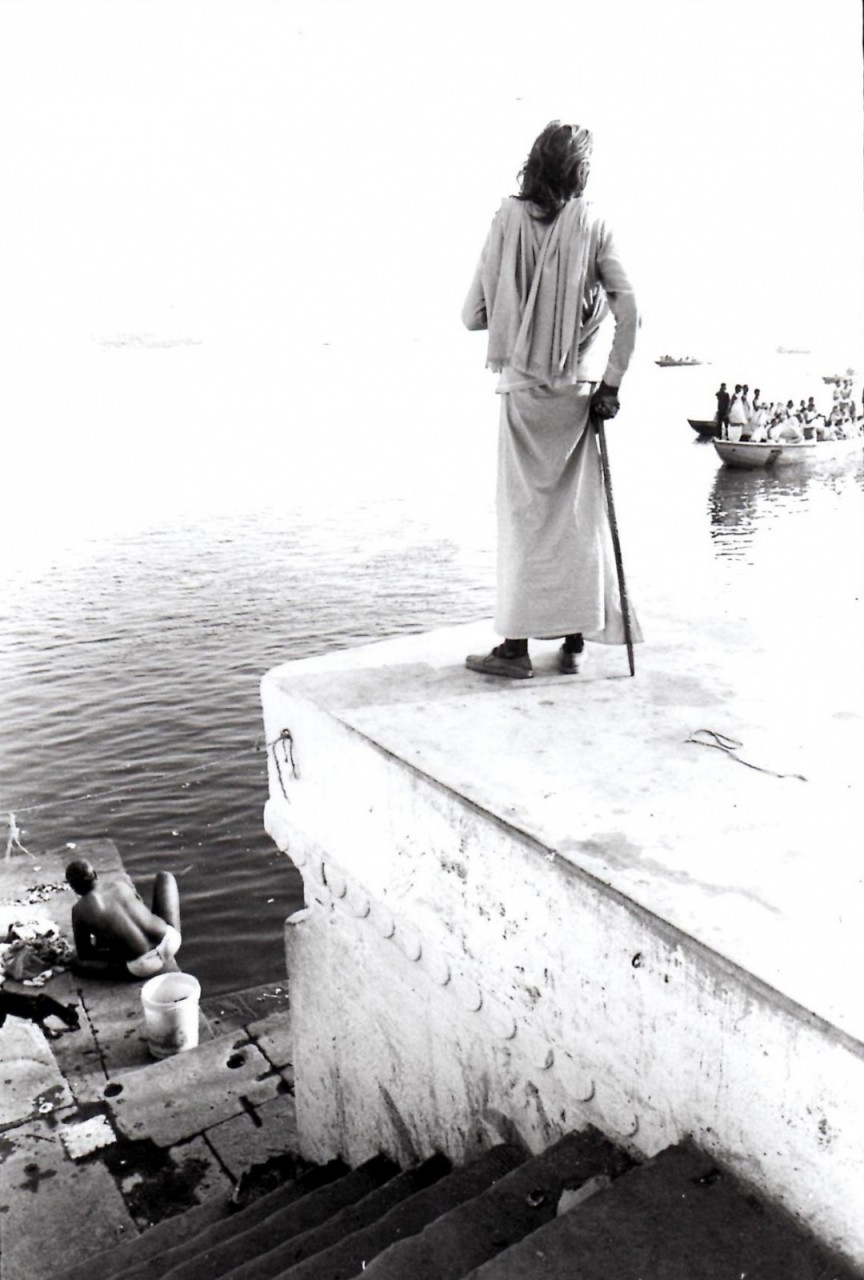
Do you see your personality reflected in your work? And if yes, in what image does that come apparent to you.
I cannot see my personality in my work, because I am so close to it emotionally. I do not try to place a part of me in my work. I cannot stop my inner feelings from entering into the photo. I feel that subject is king and that one must try to pull the very mood from the subject and make it visible to the viewer.
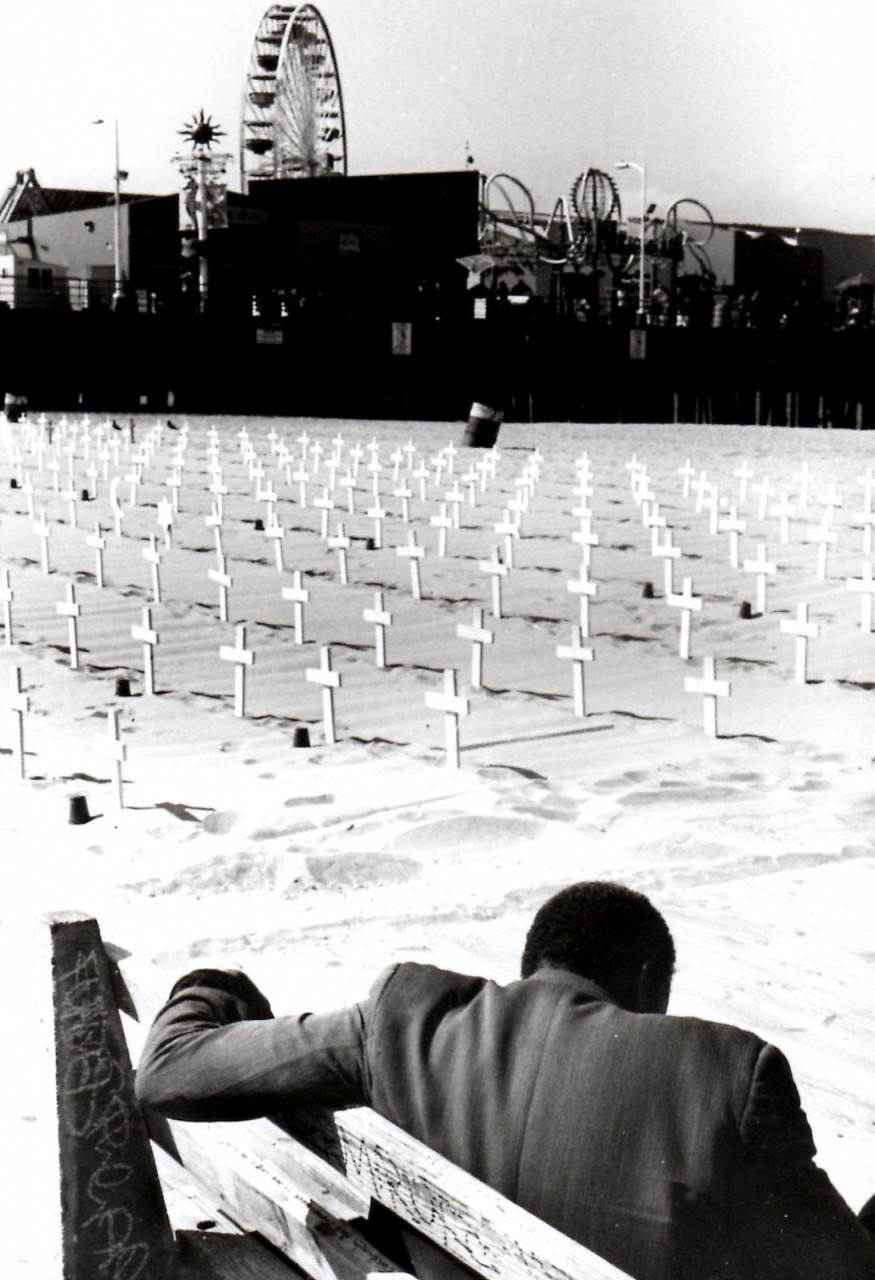
Do you often interact with your subjects?
One of the most important tasks that the photographer faces is to get in close to the subject and in doing so, makes many photographers uncomfortable. I always prepare for any interaction that might be required with the subject by being ready with small talk or a friendly greeting in order to disarm the subject. However, I try not to interfere by interacting with the subject so as not to affect the situation, but sometimes those interactions lead to a better subject. For example, while photographing the railroad tramps in the Los Angeles freight yards, it was when he asked me directions to his train that I made this image. I then helped this man into the box car because he was too old and weak to do it himself.
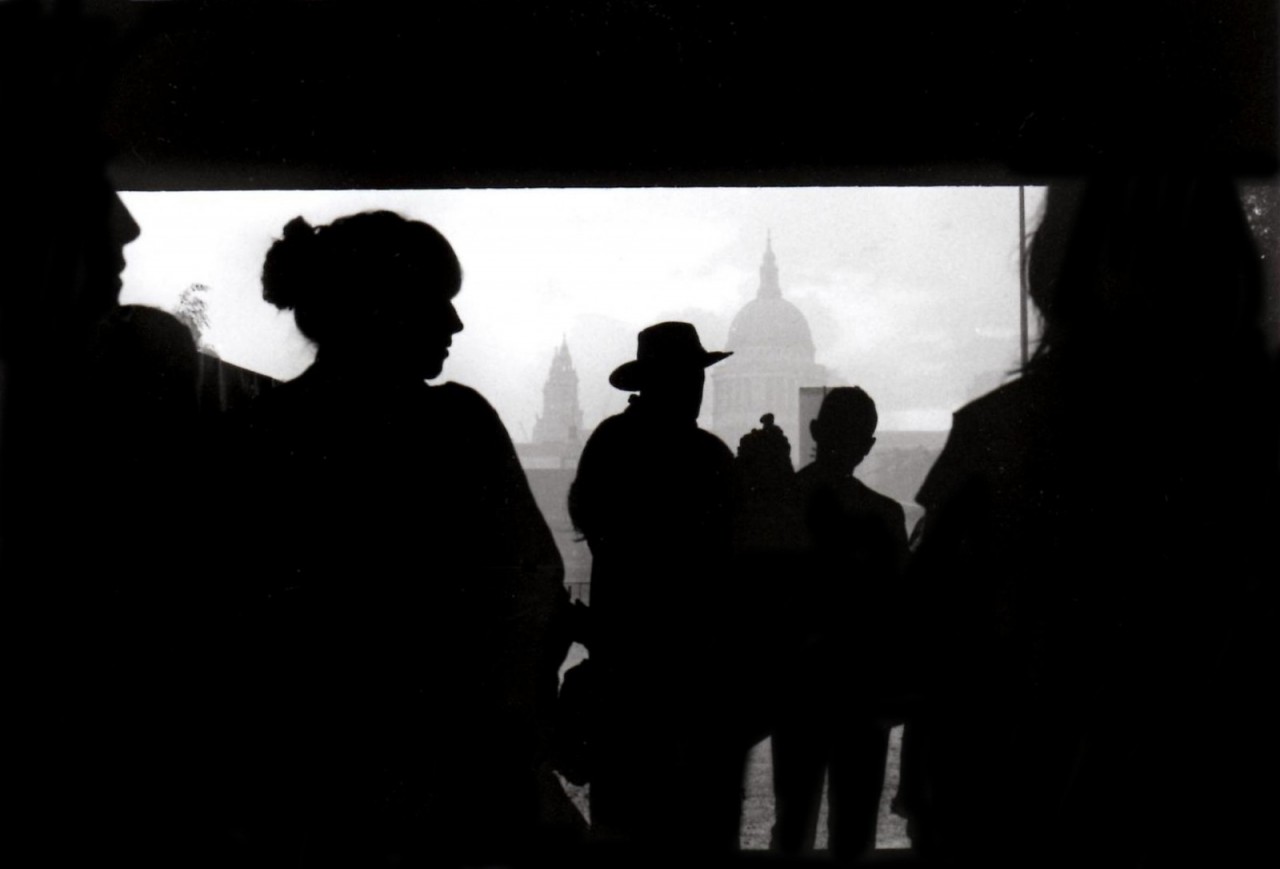
Among your work, which is your favorite and why?
My favorite image is one that I made on May 22 1971, the day my son Scott was born. I took the photograph at a friend’s house where I had gone to announce the birth. I feel that this photograph of my friend and his son is my most powerful photograph.

Did you ever take photograph which compromised your emotional balance in a deep and profound way?
Many, many times, I have become very emotional and even brought to tears over a situation or event that I was photographing. Yes, I am something of a cry baby when it comes to social documentary photography.
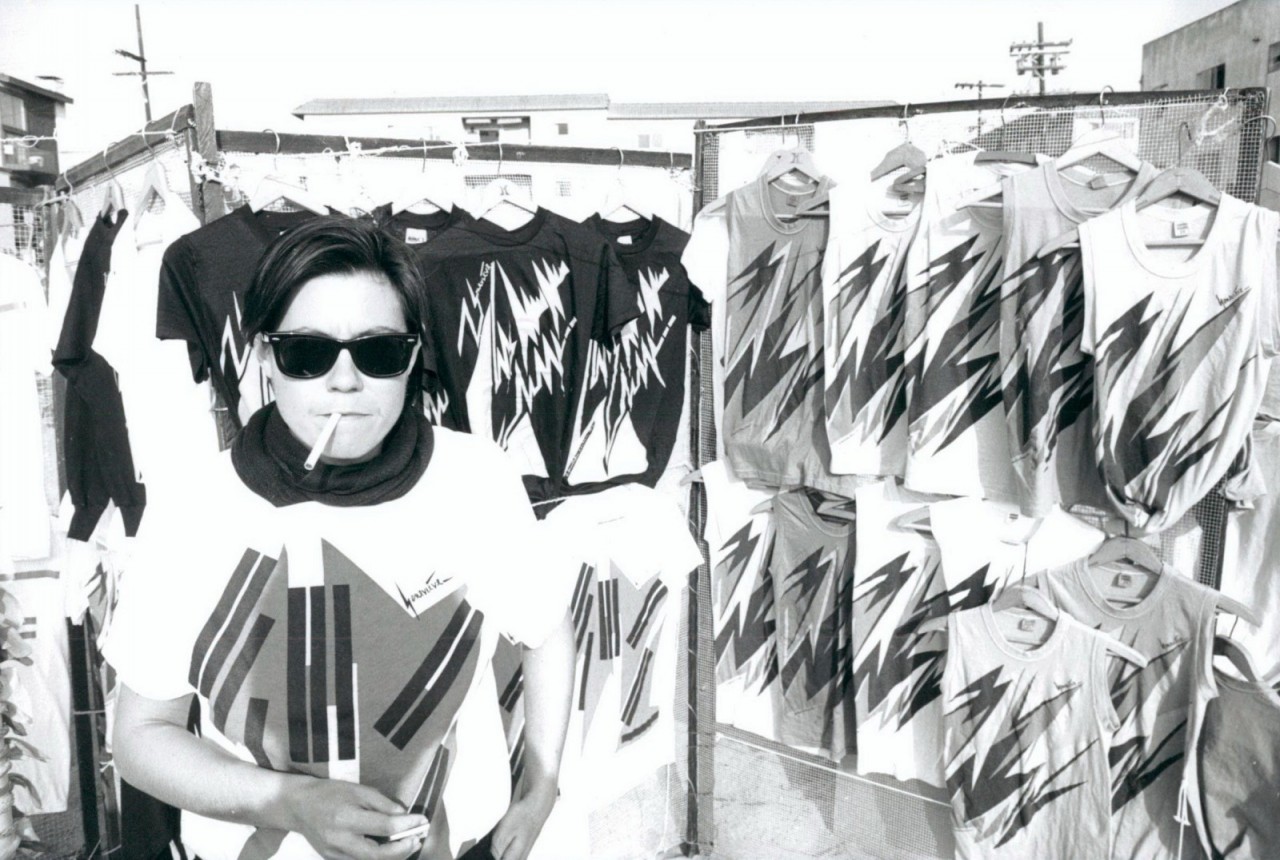
Tell us your funniest or most awkward street photography story.
Sorrounded by street gangsters in Alphabet city New York in 1983, who wanted all my equipment I had to make them think that I had a gun in my camera bag and that I would use it on them if they did not go away, which fortunately for me they did.
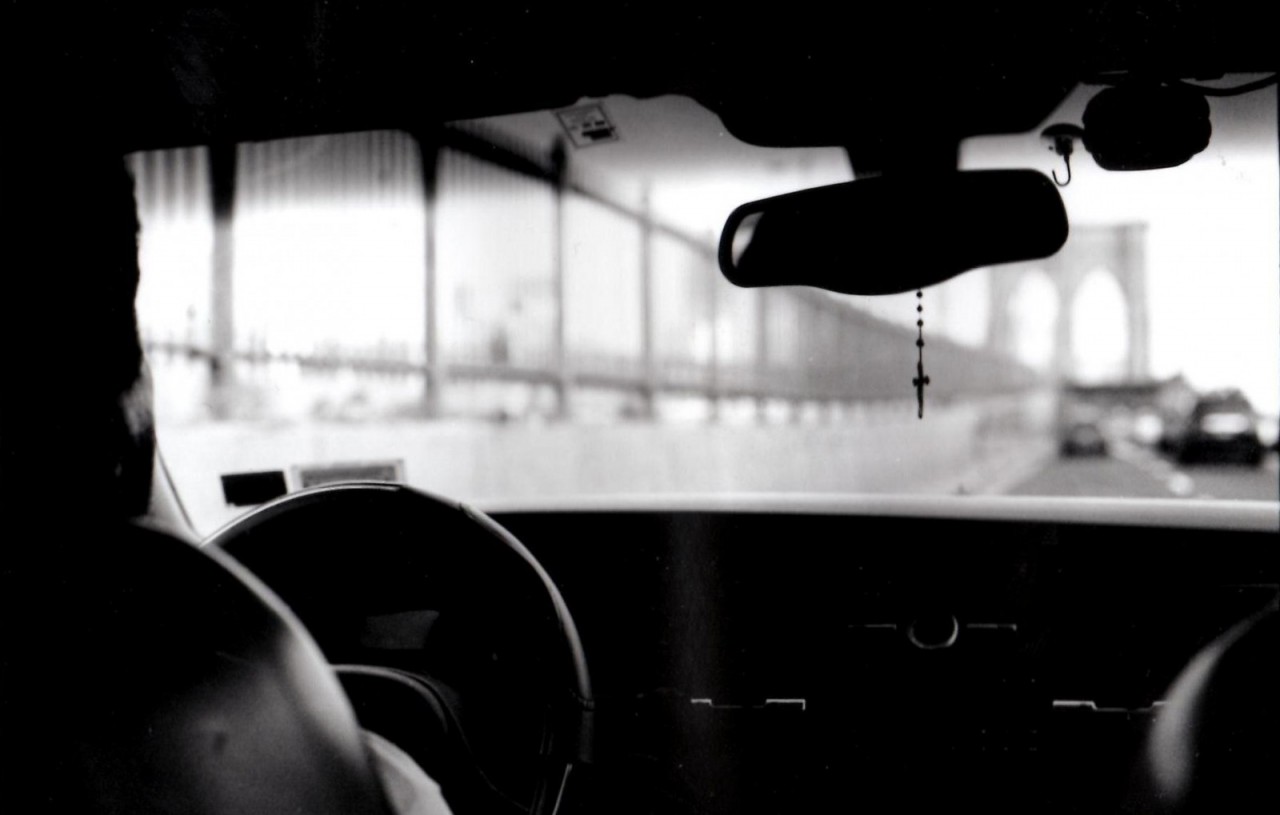
What are some of the most important lessons you have learned from shooting on the streets?
How to develop methods for finding and then dealing with a potential subject. I have also developed methods for dealing with trouble, which is connected with photographing the public at close range. I have helped many photographers with survival techniques that I have learned through the years.
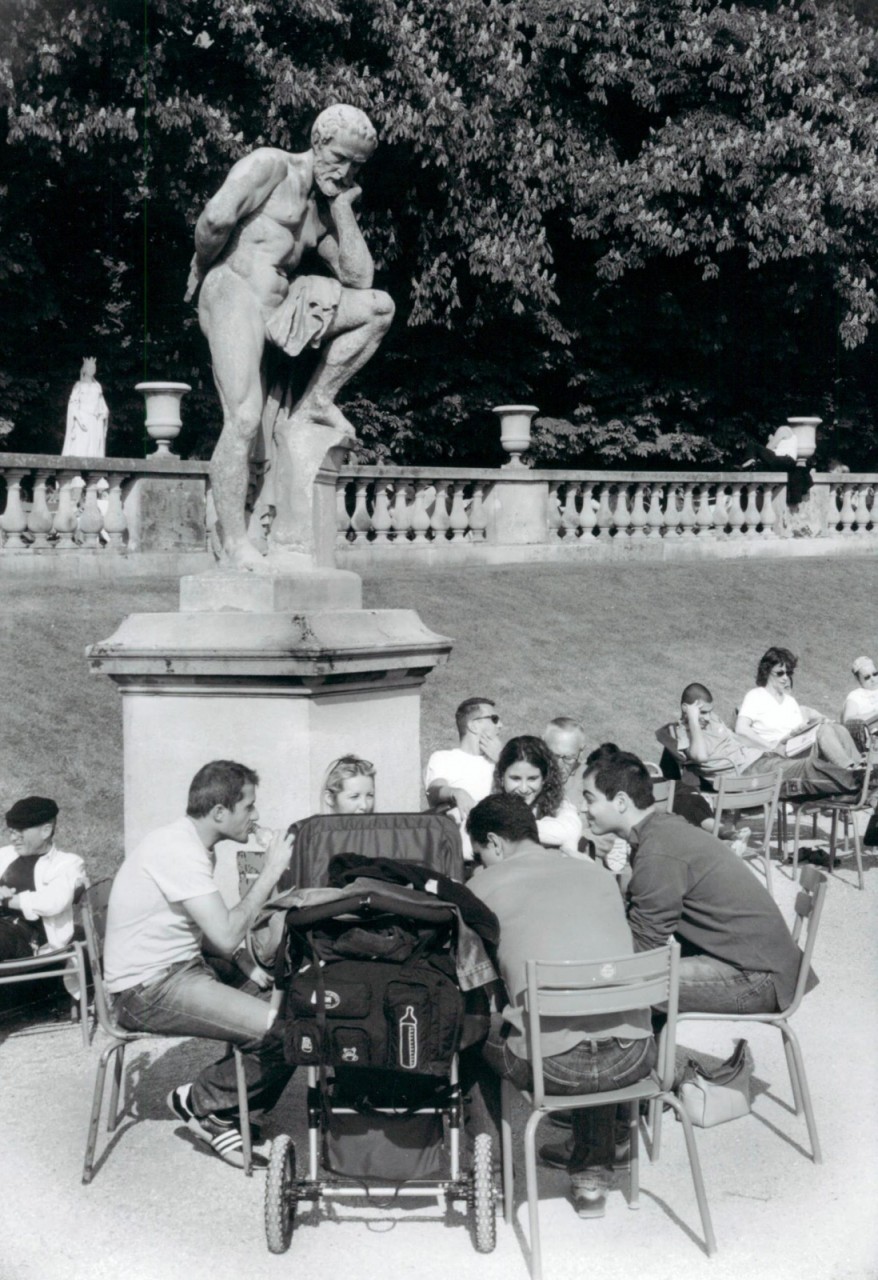
Street photography has become very popular in the last years and specially with the appearance of internet and social networks; do you think this is the future of photography?
It has always been the future of photography, simply because it is the most difficult form of photography and also because it is the most valuable form.
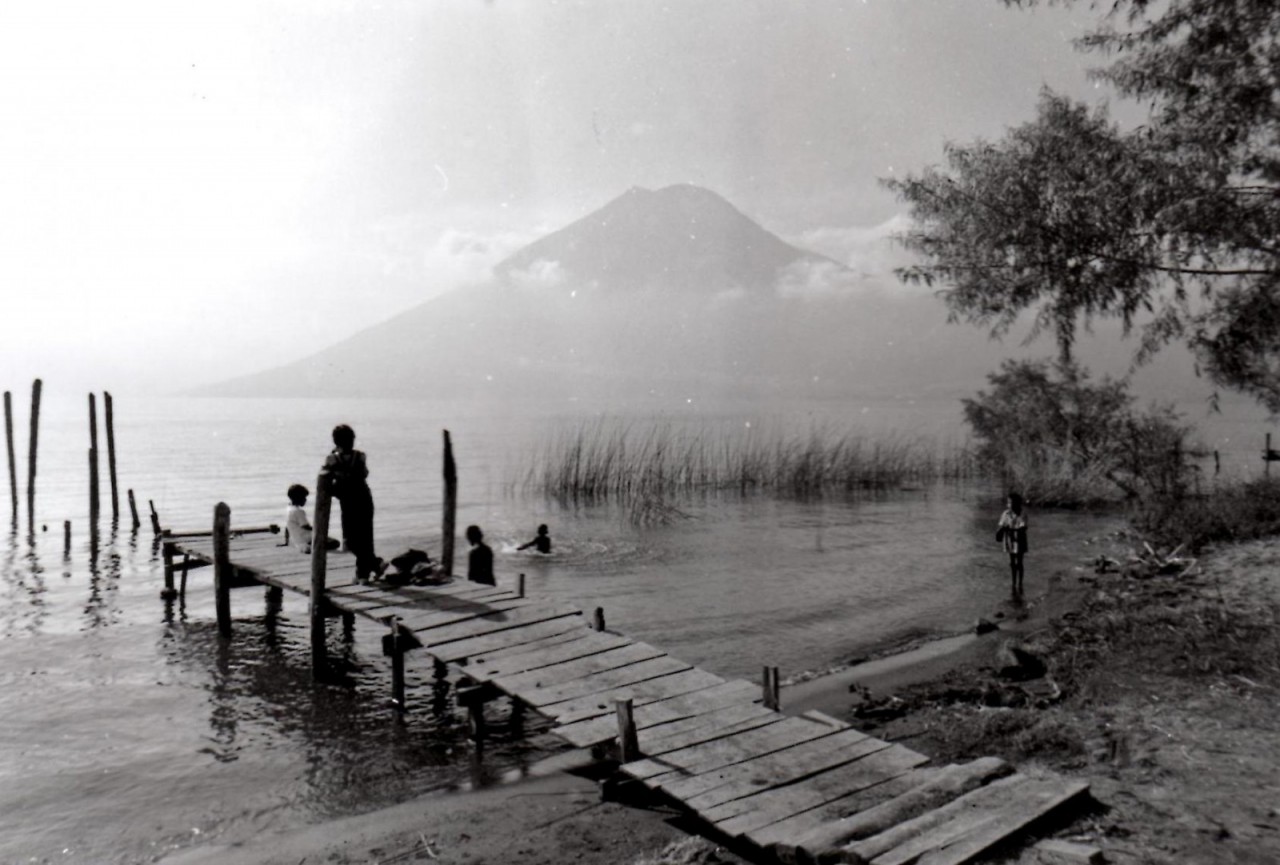
What do you think are the main challenges becoming a professional photographer nowadays?
The main challenge is to be able to create photographs that are worthy of a dedicated and effective pro photographer. The first thing to consider is the skill of the photographer. Without great skill, there is not much hope of making it as a pro.
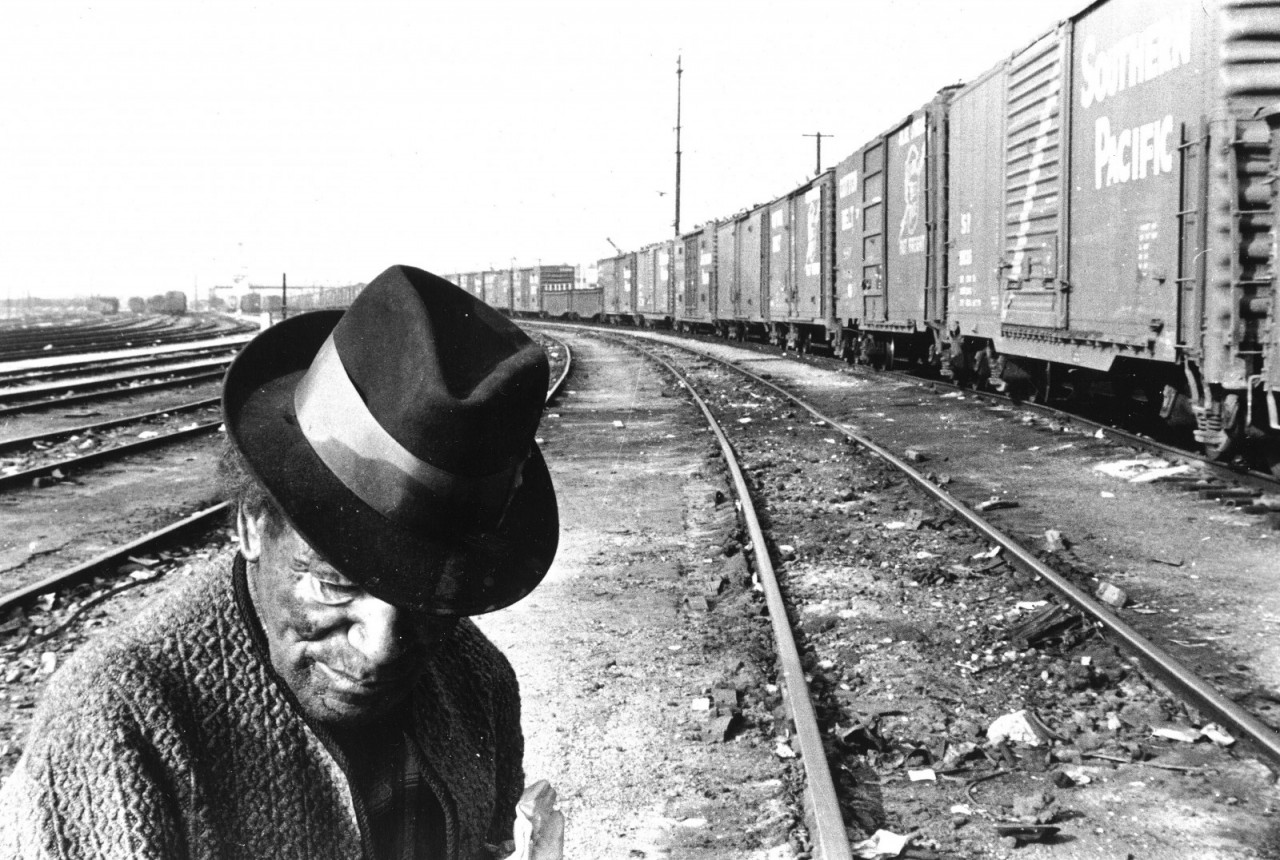
What would you tell a newcomer who asks for your advice on how to start with street photography?
Study, study, study. Practice, practice, practice and also compare your photographs with those of recognized experts in the field.
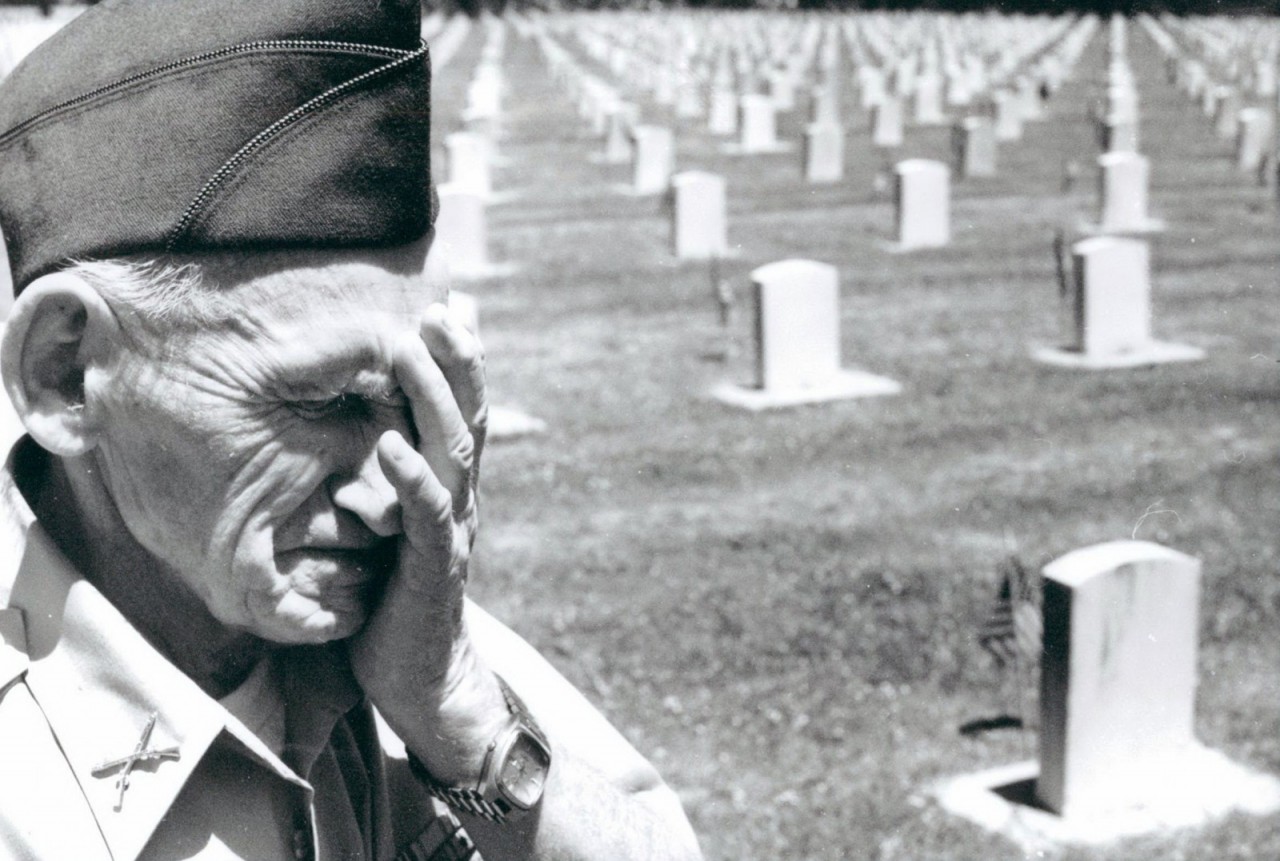
Thank you very much for this interview.
My pleasure to reach out and encourage others to enter into this magic dimension of visual poetry.
Visit John Free’s website for more info.
We recommend you to read John Free’s “FIVE Fs SYSTEM”.
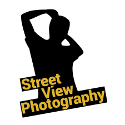
 Follow
Follow
